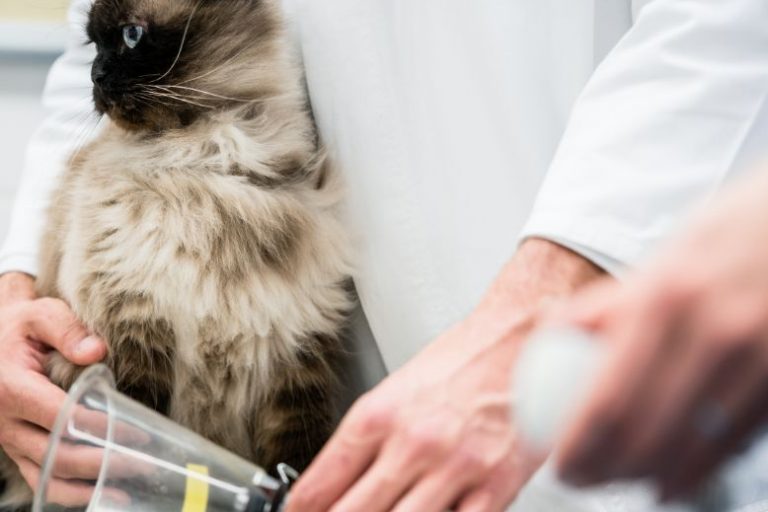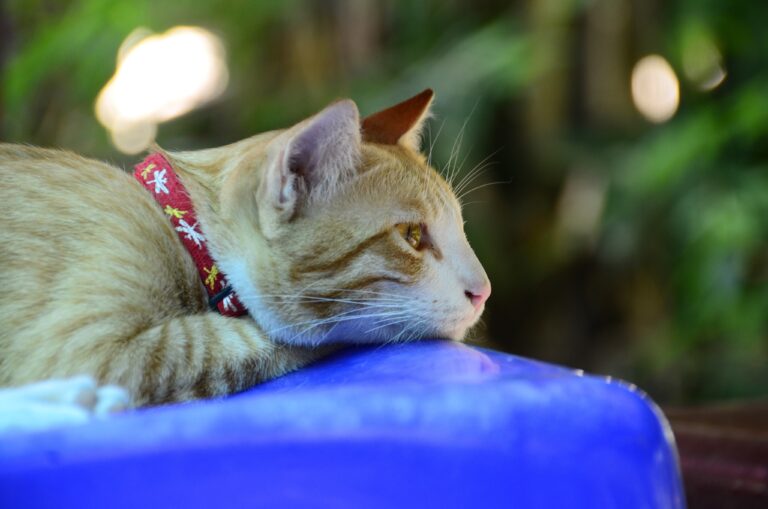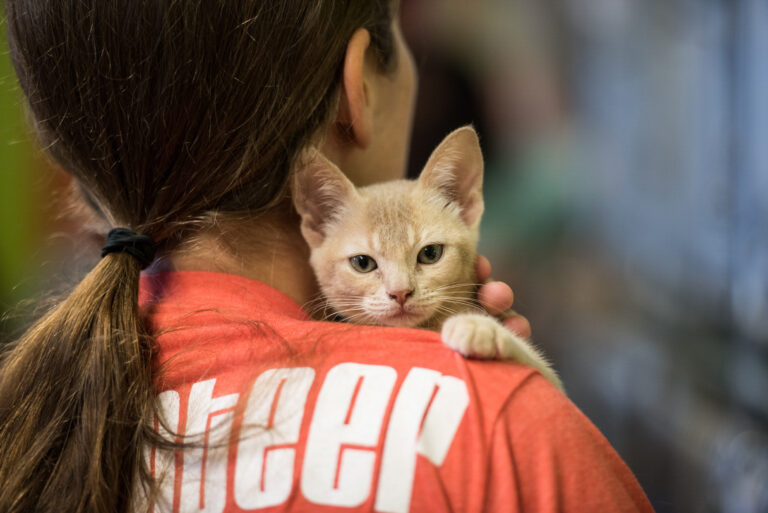Heart disease in cats is often referred to as a “silent killer” because it can progress without noticeable symptoms until it reaches an advanced stage. February is American Heart Month, making it the perfect time for cat owners to become more aware of feline heart health and the importance of early detection. By recognizing the subtle warning signs of heart disease, pet parents can seek veterinary care sooner, improving their cat’s chances of managing the condition successfully.
Table of Contents
Understanding Heart Disease in Cats
Heart disease in cats primarily affects the heart muscle and can be either congenital (present at birth) or acquired later in life. The most common form of acquired feline heart disease is hypertrophic cardiomyopathy (HCM), which causes the heart walls to thicken, leading to impaired function. If left untreated, it can result in congestive heart failure, blood clots, or sudden cardiac arrest.
Early detection is key to improving quality of life and increasing longevity. Below are the warning signs every cat owner should watch for.
Increased Respiratory Rate and Difficulty Breathing
One of the first signs of heart disease in cats is a higher than normal respiratory rate (breaths per minute) when resting. A healthy cat breathes between 15-30 breaths per minute at rest. If your cat’s resting respiratory rate is consistently above 30, or if they show signs of labored breathing, such as open-mouth breathing or panting, consult a veterinarian immediately.
How to Monitor:
- Observe your cat while they are sleeping or completely relaxed.
- Count the number of breaths they take in 60 seconds.
- If you notice increased or irregular breathing, take note and discuss it with your vet.
Lethargy and Decreased Activity
If your cat seems more tired than usual, is reluctant to play, or sleeps excessively, it may be a sign that their heart is struggling to pump blood efficiently. Cats with heart disease may avoid physical exertion, preferring to rest more often.
What to Watch For:
- Decreased interest in playing or moving around.
- Avoiding jumping onto furniture or climbing stairs.
- Seeking more rest than usual and being less interactive.
Sudden Weakness or Collapse
Some cats with heart disease experience sudden episodes of fainting or collapse due to inadequate oxygen supply to the brain. This may be mistaken for a seizure or a temporary loss of balance. If your cat has an episode of collapse, seek emergency veterinary care immediately.
Potential Triggers:
- Stressful situations.
- Sudden exertion or excitement.
- In severe cases, the cat may appear disoriented or temporarily paralyzed.
Persistent Coughing
Unlike dogs, cats do not typically develop a chronic cough due to heart disease. However, in some cases, fluid buildup in the lungs can trigger a soft, persistent cough or wheezing. If your cat has a dry, ongoing cough, consult your veterinarian for a full examination.
Loss of Appetite and Weight Loss
Cats with heart disease may eat less due to a decreased energy level or discomfort. Over time, this can lead to unexplained weight loss or muscle wasting. If your cat is losing weight despite a normal diet, or if they show a lack of interest in food, it may indicate an underlying health issue, including heart disease.
Cold Extremities or Pale Gums
Poor circulation due to heart disease can cause your cat’s paws, ears, or tail to feel cold to the touch. Additionally, pale or bluish gums may indicate inadequate oxygenation of the blood, which is a serious concern that requires immediate veterinary attention.
How to Check:
- Gently press on your cat’s gums until they turn white. Normal gums should return to pink within 1-2 seconds.
- If the gums remain pale or take longer to regain color, contact your veterinarian.
Sudden Hind Leg Paralysis (Aortic Thromboembolism – ATE)
One of the most alarming signs of advanced heart disease is sudden hind leg paralysis due to a blood clot (aortic thromboembolism, or ATE). This condition occurs when a clot forms in the heart and travels to the arteries supplying blood to the hind legs.
Symptoms of ATE:
- Sudden pain and crying out.
- Hind legs becoming cold or paralyzed.
- Difficulty moving or dragging the back legs.
Emergency Action: If your cat shows signs of ATE, seek immediate emergency veterinary care, as this condition is life-threatening.
How to Reduce Your Cat’s Risk of Heart Disease
in your cat:
- Schedule Regular Vet Checkups: Annual wellness exams, including heart monitoring, can detect early changes before symptoms arise.
- Maintain a Healthy Diet: Feed your cat high-quality, well-balanced food recommended by your veterinarian.
- Encourage Moderate Exercise: While cats are not as active as dogs, regular play sessions help maintain a healthy heart.
- Monitor Their Weight: Obesity increases the risk of heart disease and other health complications.
- Know Your Cat’s Breed Risk: Some breeds, such as Maine Coons, Ragdolls, and British Shorthairs, are genetically predisposed to heart disease. If you have a high-risk breed, consider early screening with an echocardiogram.
When to See a Vet
If you notice any of the symptoms listed above, don’t wait—schedule a veterinary appointment as soon as possible. Early diagnosis and intervention can improve your cat’s quality of life and may even extend their lifespan.
What to Expect at the Vet:
- A physical exam to check heart sounds and breathing.
- Diagnostic tests such as X-rays, echocardiograms, or blood tests.
- Recommendations for lifestyle changes or medication to manage symptoms.
In Conclusion

February is American Heart Month, and it’s the perfect time to focus on your cat’s cardiovascular health. By recognizing the early signs of heart disease and taking proactive steps, you can help your feline friend live a longer, healthier life.
If you suspect any heart-related symptoms, consult your veterinarian promptly. Heart disease may be silent, but with awareness, early detection, and proper care, you can help protect your cat’s most vital organ—their heart.







